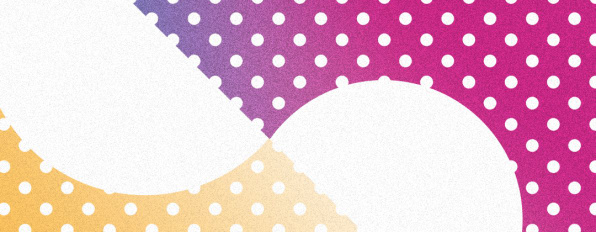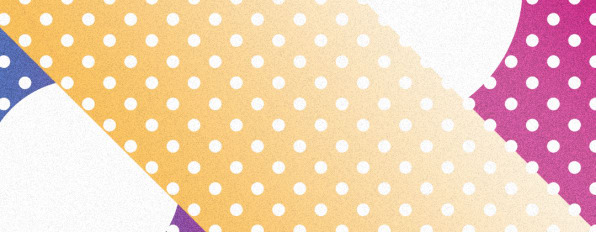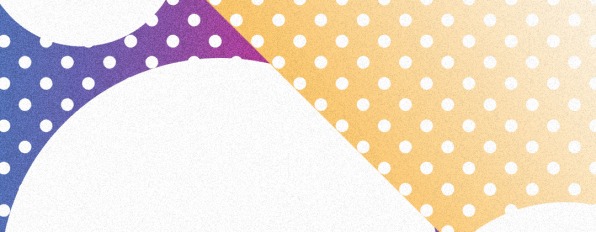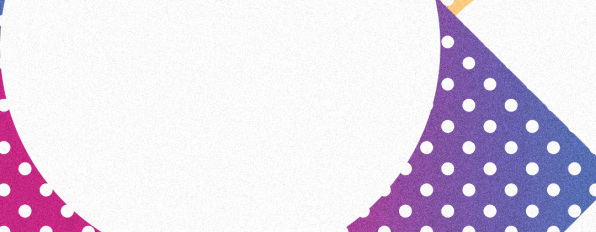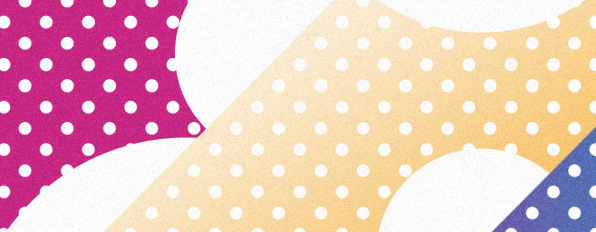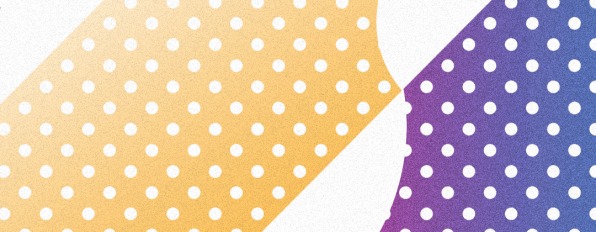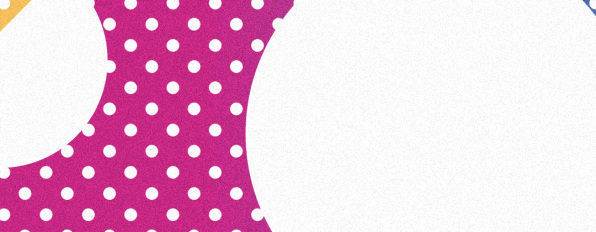“Our profession is in between ‘utopia and oblivion.’ It will be oblivion if we continue focusing on minor aesthetic problems.”
The world is changing faster than ever–socially, technologically, environmentally, politically, and economically. In the midst of these shifts, designers have the crucial task of thinking about what our future will look like and how we will interact with it.
Co.Design asked a handful of the 2017 Innovation By Design Award recipients and honorees working in technology, branding, experience design, architecture, urbanism, product design, and industrial design about the ideas that will impact the industry the most in the next few years. Of primary concern to many individuals? If the current trajectory of design will lead us to a better world or plunge us deeper into our pool of problems, redefining what “better” means, and taking a closer look at who is benefiting from design.
1. DESIGNERS WILL BECOME “MUTAGENS”
“Architects and designers worldwide are confronted with a very interesting choice: Borrowing Buckminster Fuller’s words, we could say that our profession is in between ‘utopia and oblivion.’ It will be oblivion if we continue focusing on minor aesthetic problems. However, it might turn into utopia if we are able to tackle the major societal challenges of our time, starting from the issues of equity.
“In order to achieve the latter, we will also require a different approach. I would argue for a paradigm shift from the ego-fueled visions of architecture of the 20th century to a collaborative, inclusive, network-driven process inspired by 21st-century, digital-driven trends such as crowdsourcing, open access, and mass customization. I think the architects and designers today are well placed to play an orchestrating role, what we could define as a ‘choral’ one: being the ones who can coordinate several voices, harmonizing them into a better ensemble.
“Designers should become what, in biology, is referred to as ‘mutagen’–an agent that produces mutations in the artificial world. Interaction among disciplines and people is crucial.”–Carlo Ratti, director of the MIT Senseable City Lab, designers of Treepedia
2. SYSTEMS THINKING WILL BE FOUNDATIONAL
“Our job as designers is to inspire the world to tackle the problems that, on the surface, seem intractable. If we’re only thinking about the short term, only thinking about shipping the next product, and not asking questions about the future, we’re not inspiring the world and that’s an important role. The problems are changing. The underlying technologies from which one can build solutions are changing. Machine learning, data, AI, and blockchain are getting more and more important. For design to be relevant it has to be as close to the edge of where technology meets society as possible.
“Everything we design has to be a learning system; it can’t just be an artifact. So much technology today makes it possible. Sensors, smart software–they learn about what’s happening, they learn what people are doing, and what their effects on the system are. We can gather insights about what the designs can do, and they will become more and more powerful in turn. Designers also have to ensure that the learnings benefit everyone, not just the corporations who build the code. Designers have to remember to use that learning to make the designs better. That’s the exciting opportunity today. It used to be a ‘one and done’ mentality. If the product didn’t work, you had to accept that. Designers have a reputation of wanting to jump from one thing to another; it’s inspiring and entrepreneurial. But as designers we have to find ways to find satisfaction in sticking with these problems for longer.”–Tim Brown, CEO of Ideo, designers of the Willow Smart Breast Pump
3. DESIGNERS WILL INTERRUPT THE CYCLE OF CAPITALISM
“Our current economic system is really at its edge. There are designers who don’t want to participate in it any more if they’re enforcing inequality and expanding on it. The design industry is part of the problem. There is an idea that we constantly have to produce new things. The industry is oriented around launches and designing a new one and another new one. A model of designing things to last is less lucrative, but we can imagine something that will work with the reality of the economy–something that will age well and you can love over time and is not the best on the first day out of the store.
“Shifting away from a ‘new’ mind-set to one of ‘necessity’ or ‘usefulness’ is hard because I think design–and I’m talking about furniture and product design and architecture–is mostly a luxury market. Our efforts as designers should be to create things that are meaningful for larger audiences rather than perks for a smaller audience. Design is commerce and industry, and it wants to make money. Designers will think, ‘Who am I designing for?’ It’s not just thinking about if you can realize a product and bring it to market; it’s also thinking about who will be using it in the end. There will be a younger generation of designers will become more conscious.”–Florian Idenburg, principal of SO-IL, architects of the Jan and Maria Manetti Shrem Museum
4. DESIGNERS WILL BECOME ACTIVISTS
“It’s becoming increasingly difficult to ignore the global challenges set before us. From climate change, to political and social unrest, to economic and social injustice, each of us has a responsibility to step up and consider how our design affects the products and experiences we create. Design can no longer afford to be used as an afterthought in any organization, and I would encourage all designers to take more proactive steps to redefine their roles beyond design to that of conscious and ethical decision makers. For instance, how do we design to remedy for the spread of global misinformation, or dissolve preset biases in our systems, or design for extreme weather conditions?
“Design can inspire collaborations and solutions that confront these challenges and encourage audiences to take note of things that really matter. Design can highlight sustainable solutions, fight systematic biases, and inspire thoughtful urban planning, among countless other applications.
“The design challenges ahead will be more complex and thus will require several disciplines, or even fields, to come together.”–Asta Roseway, fusionist at Microsoft and co-creator of the DuoSkin tattoo wearable device
5. POLITICS ARE THE NEXT DESIGN FRONTIER
“It’s time to bring design thinking to politics instead of designing a snazzy product–taking designers’ intellect and problem-solving abilities to geopolitical and societal issues rather than tamper-proof nappies. When we come into contact with politicians and try to discuss design and the creative arts, they only talk to us about exports. That gives us tremendous insight about their understanding of politics and society; it’s driven by economics rather than problem-solving. The onus is on us, as designers, to go to them. They don’t know we’re a resource to be tapped.”—Jay Osgerby, principal of Barber Osgerby, designers of the Pacific Chair

6. ETHICS ARE NO LONGER AFTERTHOUGHTS
“Cognification–adding intelligence to dumb things, or making smart things much smarter–will be a pervasive driver for innovation in the next decade and beyond. Designing smart systems behavior is tricky enough, but the real challenge will be the ethical questions we would need to answer as we go along. For example, how do we know machine learning systems are not perpetuating inequalities that were inadvertently built into their training data? We would need to look really deeply into whose values these smart systems are promoting, and who wins and who loses when these values permeate our lives? This means that the discipline of design will be forced to think about the outcomes of our work in a much more long-term context–literally what future do we want to create and more importantly try to avoid.”–Rob Girling, cofounder and co-CEO of Artefact, designers of USAFacts and StoryboardVR
“Screen addiction, online abuse, fake news. These are all repercussions of intentional design decisions judged only on how well they kept eyeballs and thumbs on tiny screens. Whether they helped make us better-engaged citizens, more creative thinkers, or more caring human beings was beside the point. Time to get a new yardstick. We need to develop methods that allow us to think past the opposable digits of end users, to how our everyday interaction design decisions affect millions of people. We then need practical tools–just like the wireframes, journey maps, and service blueprints in our current work- to convert this approach into an honest-to-goodness practice.”–Sheryl Cababa, UX Design Director, of Artefact, designers of USAFacts and StoryboardVR
7. DESIGN WILL BECOME MORE GENUINE
“I recently took my daughter to the NYC Transit Museum. More fascinating than the actual subway cars was seeing a concentrated snapshot of simplistic branding and advertising from the 1930s to the 1970s and beyond. Today, by contrast, branding has become more forceful, prevalent, and highly produced, and yet it is quite homogeneous in its friendliness(which even borders on pseudo-optimistic), boldness, and efficiency. As the convergence between media and technology accelerates and is further integrated into every aspect of our lives, people will be barraged with an increasing volume of brand expressions. This will make us crave the simplicity and realness of yesteryear. Branding and design will, hopefully, be encouraged to build meaningful relationships between companies and people.”–Min Lew, principal of Base Design, designers of JFK’s Terminal 4 branding
8. DESIGNERS WON’T BE HUMBLE
“In our design studio, we have brainstorms and use constructive criticism, finding out the best and worst ideas. This process means that we all rally behind the best idea once we have it, no matter if it comes from the most distinguished designer at the firm or from the newest recruit. Most companies in the corporate world don’t think that way; they are hierarchical, which prevents innovative change and progress. This core tenant of design thinking–that ideas are more important than stature–is fundamental. As design becomes an integral part of corporations and big businesses, I’d like to see designers continue to integrate this democratizing element of design thinking into the way they work in order to continue to progress.
“Designers need to prepare for the changing nature of the industry in order to create stronger design for the future. Designers tend to be humble people, more interested in making an impact with their work rather than in corporate politics or making money. The fact that designers are increasingly working in the corporate world means that they will have to hone new skill sets, namely their communication skills. Designers in the corporate world tend to lose their voice in the cutthroat environment, so they need to be better at speaking their minds and presenting their points of view. Designers therefore have to balance their tendency to be humble with the necessity of championing their work.”—Max Burton, principal of Matter, designers of the Well Water conservation system
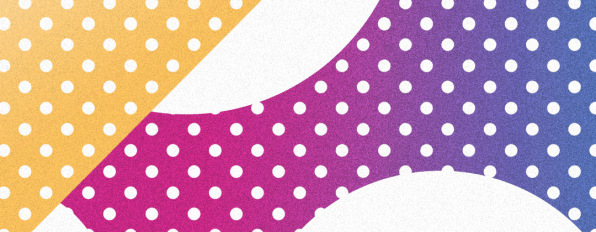
9. DESIGNERS WILL BECOME ONE WITH MACHINES
“The future of design centers around three trends. The first is the mass availability and affordability of cloud computing. The second, the proliferation of new advanced manufacturing capabilities, particularly industrial additive technologies paired with new material science. And finally (and likely the most important), the availability and tangible benefit from real, practical applications for artificial intelligence that can drive generative design technologies. We have not crossed the threshold where enough value from machine learning is available to the general design community, but when it gets activated it is going to shake the tree for anyone in the world who makes things.
“What troubles me is the slow rate of change in design practice. The available technology, particularly breakthrough innovations around machine intelligence are changing at a furious pace, but the capabilities available to designers and the design culture has not been able to keep pace. All designers, engineers, and artists must be curious to try the new manufacturing methods, to experiment with a new material. If they aren’t willing to embrace change in the process and experiment on each project, the whole thing grinds to a halt. We need people out there pushing the limits of design and we need to keep a relentless focus on design innovation and making real things to move it all forward.”—Mark Davis, head of design research at Autodesk
–
This article first appeared in www.fastcodesign.com
Seeking to build and grow your brand using the force of consumer insight, strategic foresight, creative disruption and technology prowess? Talk to us at +9714 3867728 or mail: info@groupisd.com or visit www.groupisd.com



